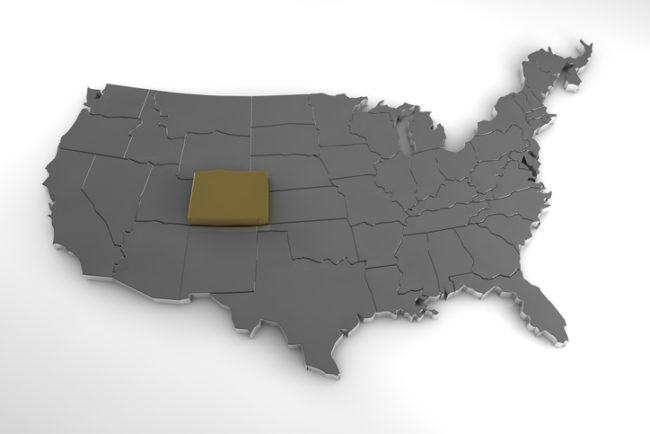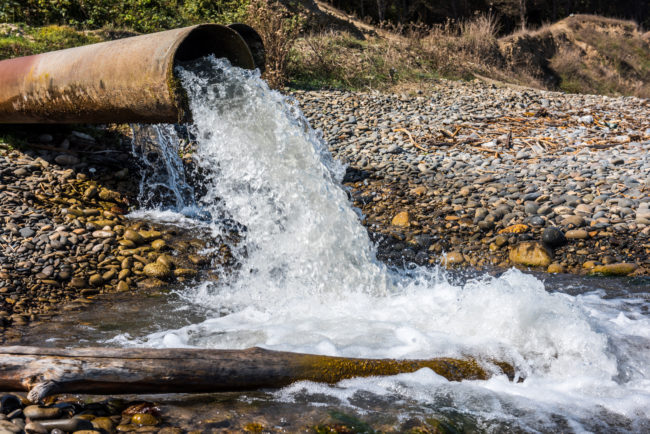The Environmental Protection Agency has increased the total amount of ethanol and biodiesel that must be used in 2019 to 19.88 billion gallons under the Proposed Renewable Fuel Standard for 2019, a 3 percent increase over 2018 levels. Fifteen billion gallons of the blended gasoline will be traditional ethanol, made from crops like corn and soy, while the remainder will be composed of biofuels and biodiesel.
This change was bolstered by agricultural and renewable fuel lobbyists, who argue that American farmers suffer from low commodity …
Continue Reading









